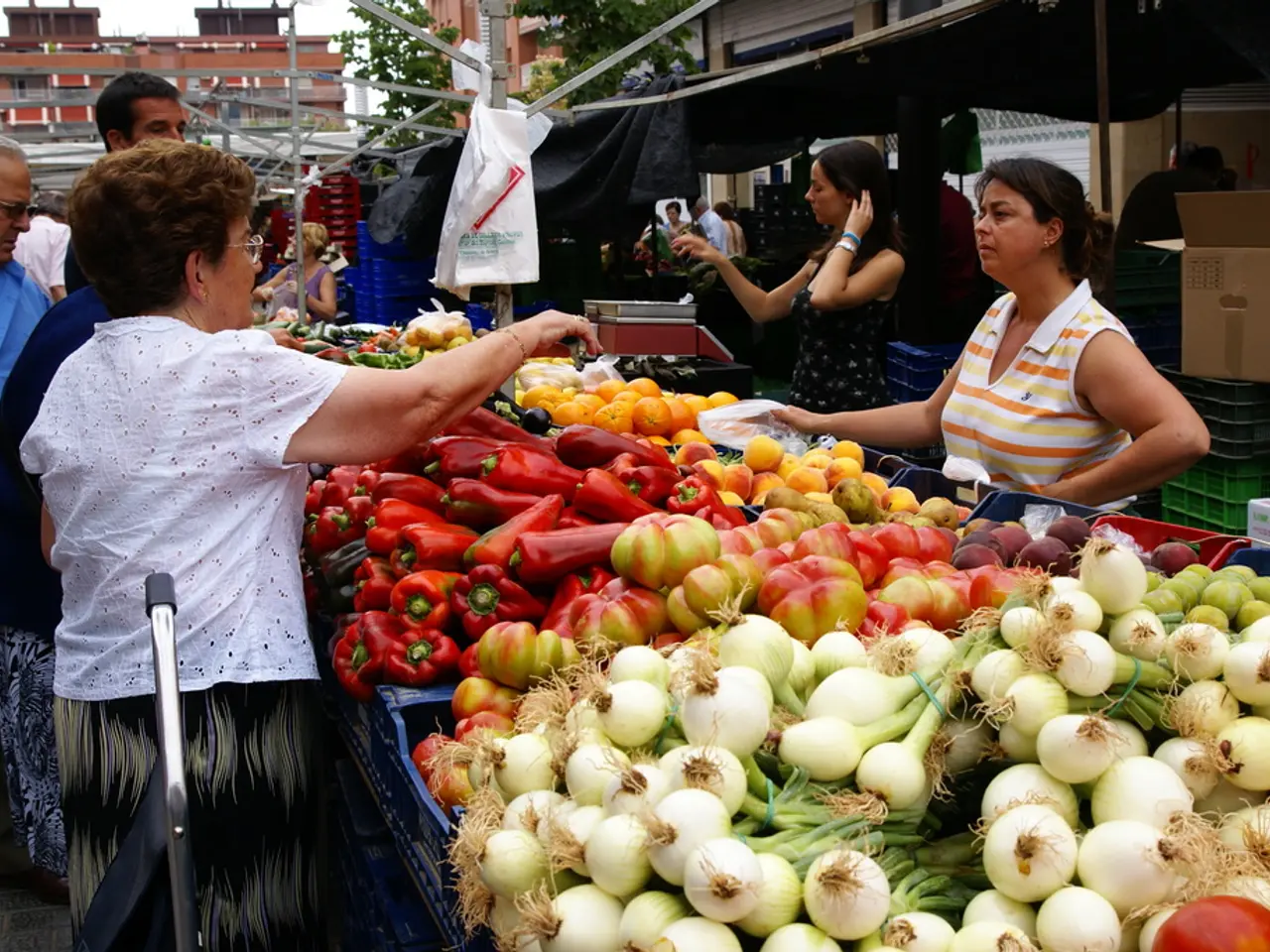Final opportunity: discussions regarding the United Nations Plastic Treaty
In the heart of Switzerland, Geneva hosts a momentous conference aiming to tackle one of the world's most pressing environmental issues - plastic pollution. The diplomatic conference, chaired by Ecuadorian Ambassador Luis Vayas Valdivieso, brings together over 160 countries, hundreds of environmental organizations, and industry lobby groups, with the objective of finalizing a legally binding international treaty to combat plastic pollution throughout its entire life cycle[1][2][3].
The treaty, currently spanning 22 pages and 32 articles, is designed to transform the global plastic economy, moving towards a circular model that reduces leakage into the environment and mitigates health, marine, and economic impacts[1][2][3]. The overarching goal is to create a systemic transformation towards a circular economy for plastics.
However, the road to this global agreement is fraught with challenges. Main concerns and disagreements among countries include the implementation of plastic production caps, the scope and ambition of the treaty, the influence of fossil fuel and plastic industry lobbyists, and balancing global cooperation with national interests[4].
Many countries and civil society actors push for legally binding limits on plastic production, but some of the largest plastic producers, such as the United States and petrochemical interests, resist capping production, leading to negotiation deadlocks[4]. There is also debate over the treaty's comprehensiveness, including whether it should ban all single-use plastics and regulate toxic additives in plastic products[4].
Campaigners warn that lobbying by the fossil fuel industry delays progress and weakens treaty provisions, creating tension with governments and NGOs demanding stronger action[4]. Balancing global cooperation with national interests is another challenge, as most countries support decisive action but require flexibility and compromise to accommodate differing economic realities and priorities[2][4].
The stakes are high, as without the treaty, plastic waste is projected to triple by 2060, causing significant environmental and human health damage[1][2]. The treaty aims to incorporate effective management of plastic waste, promote plastic circularity, and prevent environmental leakage, reflecting a shift away from simply relying on recycling as the solution[1][2][3].
The negotiations are conducted under the framework of the UN Environment Assembly’s resolution from 2022, with the International Negotiating Committee meeting in Geneva from 5-14 August 2025 to finalize the treaty text[1][3][5].
While the conference faces significant political and industrial resistance, particularly over binding production limits and strong regulatory measures on plastics[1][4], the potential rewards are immense. The treaty, if successful, could significantly reduce plastic pollution, protect marine and terrestrial ecosystems, and safeguard human health, making it a crucial step towards a more sustainable future.
References:
[1] The Guardian. (2023, March 15). Plastic pollution: why a global treaty is needed to save the planet. Retrieved from https://www.theguardian.com/environment/2023/mar/15/plastic-pollution-why-a-global-treaty-is-needed-to-save-the-planet
[2] Reuters. (2023, August 5). World's nations gather in Geneva for historic plastic pollution treaty talks. Retrieved from https://www.reuters.com/business/environment/worlds-nations-gather-geneva-historic-plastic-pollution-treaty-talks-2023-08-05/
[3] United Nations Environment Programme. (2023). The Global Plastic Pollution Treaty. Retrieved from https://www.unep.org/global-plastic-pollution-treaty
[4] Greenpeace. (2023, August 10). Plastic lobbyists threaten global agreement on plastic pollution. Retrieved from https://www.greenpeace.org/international/news/plastic-lobbyists-threaten-global-agreement-on-plastic-pollution/
[5] United Nations. (2022). UN Environment Assembly Resolution 5/9. Retrieved from https://sustainabledevelopment.un.org/content/documents/5928UNEA5Resolution5-9.pdf
- The treaty, aimed at combating plastic pollution, also seeks to address health concerns associated with plastic usage, emphasizing its importance in the realm of mental-and-physical health-and-wellness.
- Recognizing the dire impact of plastic pollution on the environment and climate-change, the global treaty strives to implement measures that promote circular environmental-science models for a sustainable future.
- Balancing global cooperation and national interests is critical during the negotiation process of the plastic pollution treaty, ensuring that diverse economic realities are factored into the decisions, particularly in relation to health, environment, and wellness.




